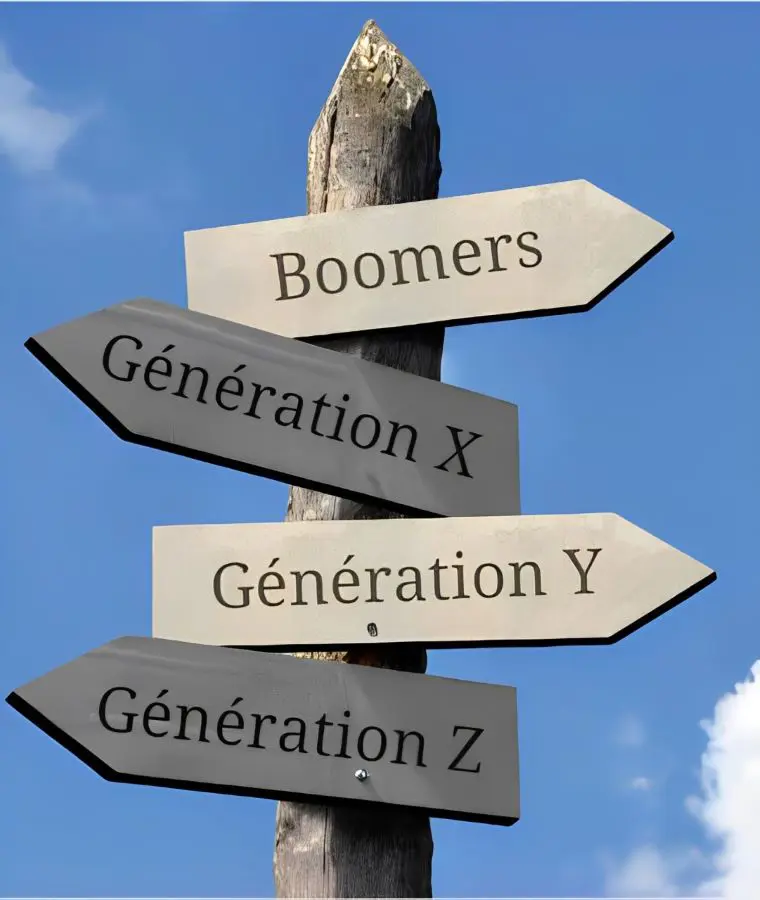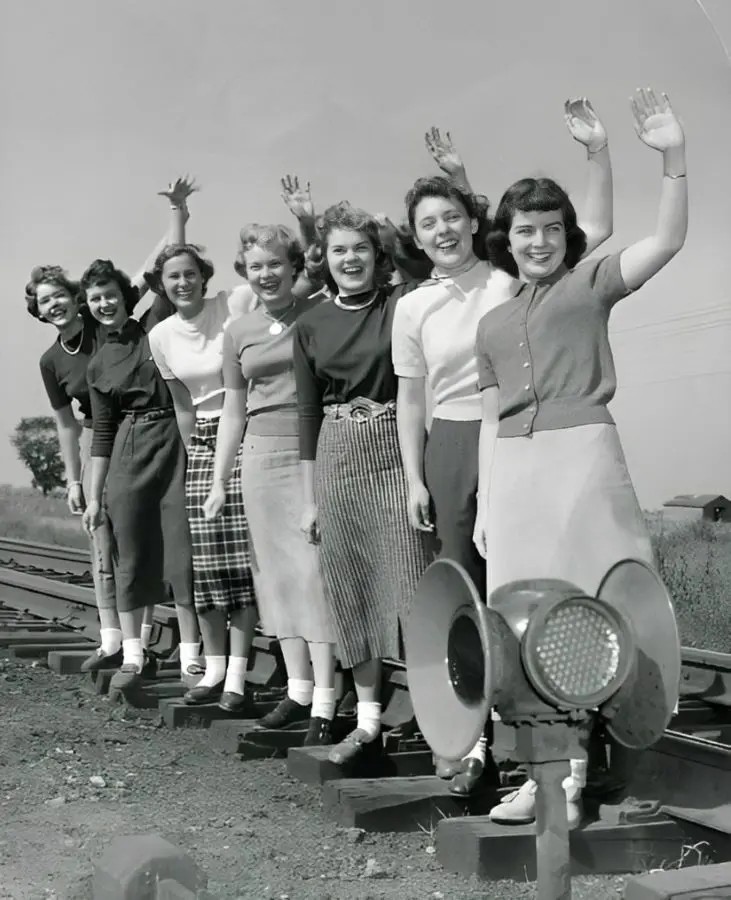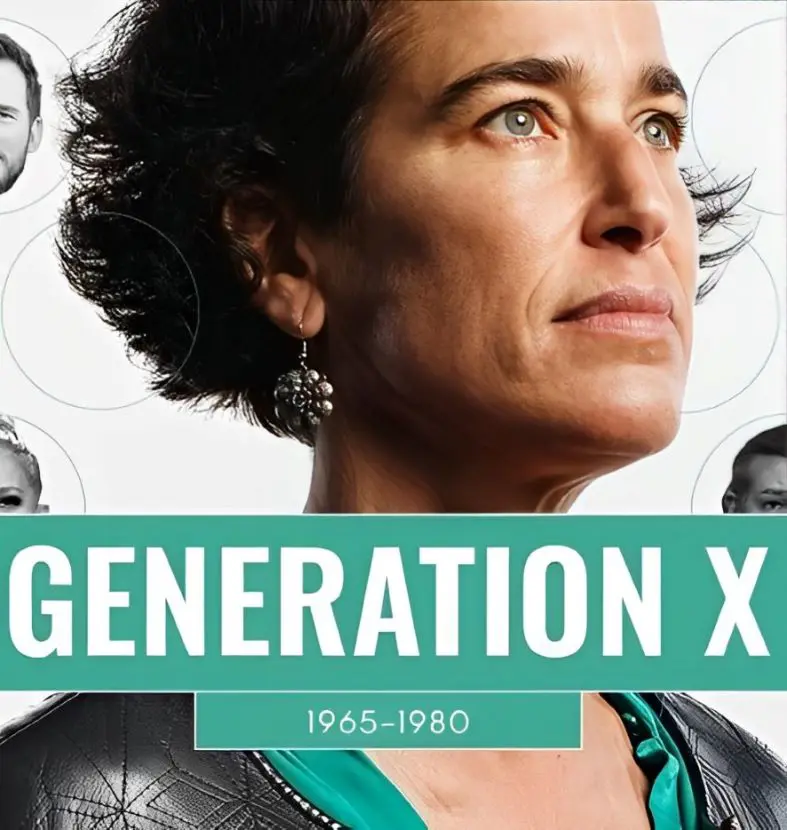Generation Names And Years In Order

We have these fun labels like “Baby Boomers,” “Gen X,” and “Millennials” that we toss around. They are not just random words, actually, they are like secret codes that help us understand why your dad still loves vinyl records or why your younger cousin is always glued to TikTok.
Likewise, your grandpa won’t stop talking about Woodstock? A classic baby boomer. Your mom who rocked out to Madonna in the 80s? Textbook Gen X. And you, scrolling through Instagram while reading this? You might just be a Millennial or Gen Z.
These are only a few examples, in this article, we are going to break down all the generations and the best part is this helps you to understand yourself and your family. Plus, it will be fun to know about these generations.
The Greatest Generation (1901-1924)

When you are beginning the generation names and years in order, it all starts with the Greatest Generation. This era refers to Americans born in 1924 or earlier.
They are the representatives of the majority of soldiers in World War I. People in this group may be between the ages of 99 and 121 today. This group of people are the parents of the Silent Generation and Baby Boomers.
The term G.I. Generation was first used in 1971 by Alberto M. Camarillo in an article for the academic journal. After that, a journalist named Tom Brokaw wrote a book in 1998, in that book he was amazed by how they did so much without wanting fame or praise.
There are characteristics of different generations as per their uniqueness. This generation is often classified as having experienced economic and social disorders that shaped their values. Some of the characteristics of this generation are:
- Great Depression and World War II
- Respect for Authority
- Value of responsibility
- Patriotic
- Having a strong work ethic
- Motivated and shows a high rate of dedication
- Committed and loyal
The Silent Generation (1925-1945)

The Silent Generation, also known as the Traditionalist Generation, is the era identified by the people born from 1925 to 1945. The term "Silent Generation" was popularized by a 1951 Time Magazine article. This group helped shape 20th-century pop culture by introducing rock music, television, gonzo journalists, iconic filmmakers, and more.
As of 2019, 23 million people of this generation were alive in the United States as per the U.S. Census data. The Silent Generation prospered in an era of economic expansion. They were renowned for having a strong work ethic, a desire for stability, and upholding a sense of conformity.
As per the Britannica, the youngest silents grew up experiencing the economic hardships of the Great Depression and witnessed the upheaval and challenges of World War II. Currently, people of this generation may be around 78- 95 years old.
Some of the silent generation's characteristics are:
- Interpersonal respect
- Work ethic
- Self-sacrifice
- Determination and Dedication
- Traditional values and culture
- Flexibility
- Builder Traits
The Baby Boomers Generation (1946-1964)

Baby Boomers are the demographic following the Silent Generation and preceding Generation X. People born between 1946 to 1964 make up this specific generation. Most of the baby boomers are the children of either the Greatest Generation or the Silent Generation and subsequently, are the parents of Millennials and Gen X.
The term baby boom is known as the noticeable increase in the birth rate after World War II because after the war soldiers returned home and started their families. Boomers currently belong to the age range between 58 and 76.
The baby boomers' characteristics are:
- Goal-oriented
- Focus on personal fulfillment
- Eagerness for change and development
- Experienced
- Shaped Society and the Social Context
- The Desire for Equality
Generation X (1965-1980)

As of 2019 U.S. Census data, there are 65.2 million Gen-Xers in the United States. Most of the members of this group are the children of the Silent Generation and early boomers. Meanwhile, they themselves are the parents of Millennials and Generation Z.
The photographer Robert Capa first used the term, Generation X. After World War II he used it to narrate a certain attitude, outlook, and mentality of young people. Later on, Canadian author Douglas Coupland made this term renowned through his 1991 novel.
Many got property ownership in this era and benefited from relative economic prosperity. They experienced and introduced small businesses and entrepreneurial opportunities. This era is the most relevant to modern times, with technology, and serves almost as a bridge from older populations to the younger ones. They also caused many advances including video games, artificial intelligence, movies, and many more.
The characteristics of Generation X are mentioned below:
- Independent
- Balance in work-life
- Talented in Technology
- Resourceful
- Ambitious and Eager to learn new skills
- Create and enjoy creative input and resourceful
- Value diversity, responsibilities, and challenges
- Master of self-depreciation
Millennials (1981-1996)

Many of you are unaware of it but millennials were born during the time of declining fertility rates around the world, and are now having fewer children than their ancestors. Millennials grew up in the Internet age and were the first global generation.
The people of this group are also considered familiar with the Internet, social media, and electronic devices.
Some of the characteristics of this generation are:
- Entrepreneurial
- Eager to learn new things
- Expect collaboration and understanding from others
- Engage in social activism
- Better educated than previous generations
Generation Z (1997-2012)

Commonly known as Zoomers, Gen Z was born in the mid-1990s and the early 2010s, and are the children of Generation X. Generation Z is the most racially and ethnically diverse cohort.
The people of this generation focused on education because they identified the importance of it for their personal development. Similarly, they concentrate on values, fulfillment, and making a difference in their life.
In this competitive world, they know that they should be extraordinary with qualities of skills and also can't depend on one job for stability. The enrollment rates in colleges and schools are high for this generation, and the majority of the people of this group live in metropolitan areas and western states. These people are more concerned with academic performance than older ones.
They are the first social age group to have grown up with complete access to the Internet and digital technology.
Like other generations, this generation also has unique characteristics and they are given below:
- Money-driven and ambitious
- Politically and socially aware
- Racially and Ethnically diverse
- Engage mostly in social activism
- Digital natives
Generation Alpha (2013-2025)

The latest generation after Generation Z. The early 2010s is used by experts as the starting birth year and the early-to-mid 2020s as the ending birth year. Members of these generations are mostly children of Millennials. The reason behind the name Generation Alpha is because they are not a return to the old, but the start of something new.
This name was first introduced in a 2008 survey conducted by the Australian consulting agency McCrindle Research. This age group is the first generation to be fully born in the 21st century. Technology has shaped them as many devices and media platforms were launched when they were born. This generation has experienced changes in the use of technology in classrooms and other aspects of their life.
The Gen Alpha age range is from 0-10 years old. While many are still infants.
Gen alpha characteristics are mentioned below:
- Spending more time online
- AI is their reality
- Learning is personalized
- They live in the moment
- Individuality and diversity







